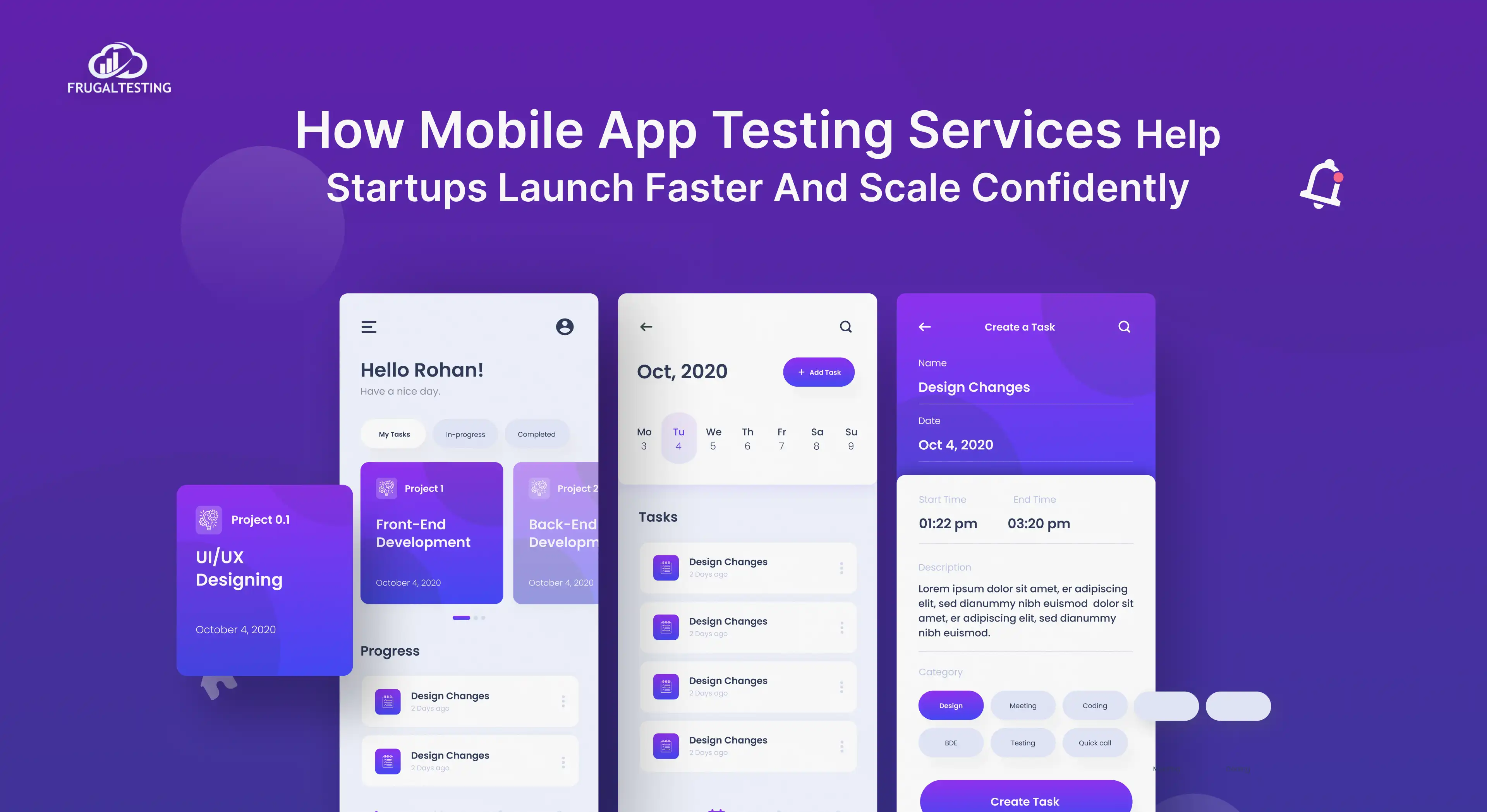Is your application, server, or service delivering the right velocity of need? How would you know? Is it true that you are 100-percent sure that your most recent component hasn't set off a performance degradation or memory leak? There's only one way to confirm - and that is by routinely checking the performance of your application.
But which is the right tool you must use? In this blog post, we'll review the pros and cons of some of the leading open-source solutions for load and performance testing.
There is a pool of great tools for one to choose from. However, the truth is many of these tools aren't necessarily suited to our needs. Some are limited to the HTTP protocol while some haven't been updated for years. Most tools aren't well built enough to provide parameterization, correlation, assertions and distributed testing capabilities. Given the challenges most of us face today, here is a short-list of the following four options that we will briefly mention in this blog:
JMeter

- JMeter is the most popular open-source tool in the load testing market. Apache JMeter describes itself as a Java application that was framed specifically for load testing especially with the ability to measure performance. It's a thick client Java application that's largely driven by right clicks. It's a little complicated usage wise, but it's got a lot of power. Also, it has all the features a professional load tester would require on JMeter.
- Some features are:
- It holds the ability to performance test a host of technologies such as Java Objects, Web HTTP/HTTPS, SOAP and Rest Services, FTP, Databases with JDBC
- A nice IDE you can use for recording, building and debugging your performance tests.
- One of the more popular performance testing tools
Click here for more information on JMeter.
The Grinder

- The Grinder is a Java load testing framework. It provides you with simple to-run and - make distributed testing solutions involving the usage of many load injector machines. You can perform load testing on any framework that has a Java API. Apart from that it has features such as:
- A decent GUI console
- It consequently handles the management of client connections and cookies
Gatling

- Gatling is a stress tool that is built on Scala, Akka and Netty. It allows you to test and measure your application's end-to-end performance. It has a simple yet powerful DSL. Other features include:
- Easy to extend
- If you're into Scala and the benefits it brings, this is the load testing tool for you.
- It has a scenario recorder
Click here for more information on Gatling.
Tsung

- Tsung is an open-source, multi-protocol distributed load and performance testing tool. Its features are:
- Can monitor a client's CPU, memory, and network traffic
- It has an HTTP recorder
- Includes HTML reports and graphs
Locust

- Locust is an easy-to-utilize, distributed, user load testing tool. Locust can likewise help you make sense of the number of concurrent users the system can handle. In case you're acquainted with the expression "load generators," Locust utilizes the expression "swarm"- as in you can indicate a swarm of locusts put a load on your site. You can define the behavior you need for each of your Locust instances. It likewise enables you to monitor the swarming procedure from a web UI in real time.
- Some of the cool features you get with Locust are:
- The ability to frame your test scenarios using straight Python
- You can conveniently scale the number of users you need to emulate
- It has a great Web-based UI
- Extensible
- Good for testing APIs





%201.webp)

